Introduction
Frozen turbot, a flatfish prized for its delicate flavor and tender, snow-white flesh, often gets overlooked in favor of fresh counterparts. Yet, with the right techniques, frozen turbot can rival—or even surpass—freshly caught varieties in both taste and texture. This article dives deep into the world of frozen turbot, exploring its culinary potential, debunking myths about frozen seafood, and arming you with expert-approved recipes and tips to transform this versatile fish into a restaurant-worthy dish. Whether you’re a seasoned home cook or a curious novice, you’ll discover how to elevate frozen turbot into a centerpiece of flavor and elegance.
Understanding Turbot: A Prized Catch
Turbot (Scophthalmus maximus) is a premium flatfish native to the coastal waters of Europe and Asia. Renowned for its firm yet velvety flesh and mild, slightly sweet taste, it’s a favorite in high-end restaurants. Unlike delicate white fish like cod or haddock, turbot boasts a robust texture that holds up well to various cooking methods, from high-heat searing to slow braising. Nutritionally, it’s a powerhouse: rich in protein, omega-3 fatty acids, vitamins B12 and D, and minerals like selenium and phosphorus.
Why Frozen Turbot?
Modern freezing technologies, such as flash-freezing, preserve turbot’s quality by locking in nutrients and flavor immediately after harvest. This process minimizes ice crystal formation, preventing the mushy texture often associated with poorly frozen seafood. Opting for frozen turbot also offers practical benefits: it’s more affordable, widely available year-round, and reduces food waste since you can thaw portions as needed.
Selecting and Preparing Frozen Turbot
Choosing Quality Frozen Turbot
Look for individually vacuum-sealed portions or whole fish with intact, glossy skin and no freezer burn (grayish discoloration or dry spots). Avoid packages with excess ice crystals, which may indicate thawing and refreezing.
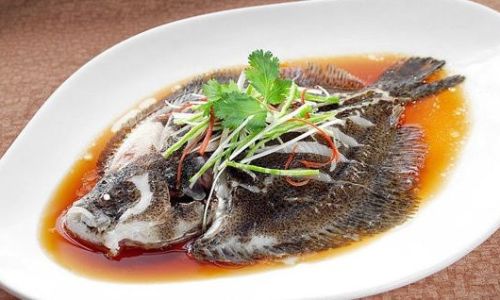
Thawing Safely
Thaw turbot in the refrigerator overnight for the best results. For a quicker method, place the sealed fish in a bowl of cold water, changing the water every 30 minutes until pliable. Never thaw at room temperature, as this promotes bacterial growth.
Prepping for Cooking
Once thawed, pat the fish dry with paper towels to ensure crispy skin and even cooking. Remove any scales or bones using tweezers or a sharp fillet knife.
Cooking Methods: From Classic to Creative
Pan-Searing with Lemon-Caper Butter
Ingredients: 2 frozen turbot fillets, thawed; 2 tbsp olive oil; 2 tbsp unsalted butter; 1 lemon (juice and zest); 1 tbsp capers; 2 garlic cloves (minced); salt and pepper.
Steps:
- Heat oil in a skillet over medium-high heat. Season fillets with salt and pepper.
- Sear skin-side down for 4–5 minutes until golden. Flip and cook 2–3 minutes more.
- Remove fish; reduce heat to medium. Melt butter, then sauté garlic for 1 minute.
- Add lemon zest, juice, and capers. Spoon sauce over fish. Serve with crusty bread.
Pro Tip: For crispy skin, ensure the pan is hot before adding the fish, and resist the urge to move it during searing.
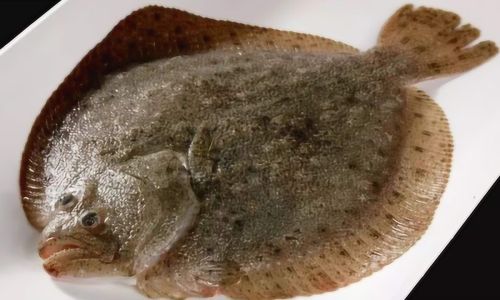
Oven-Baked Turbot with Herb Crust
Ingredients: 4 turbot fillets; ½ cup panko breadcrumbs; ¼ cup grated Parmesan; 2 tbsp fresh parsley (chopped); 1 tbsp olive oil; 1 lemon (sliced); salt and pepper.
Steps:
- Preheat oven to 400°F (200°C). Mix breadcrumbs, Parmesan, parsley, and oil.
- Season fillets; place skin-side down on a baking sheet. Top with breadcrumb mixture.
- Bake 12–15 minutes until golden. Garnish with lemon slices.
Variation: Swap parsley for dill or tarragon for a Nordic twist.
Steamed Turbot with Ginger and Soy
Ingredients: 2 fillets; 2 tbsp soy sauce; 1 tbsp rice vinegar; 1 tbsp honey; 1-inch ginger (grated); 2 garlic cloves (sliced); 1 red chili (thinly sliced); steamer basket.
Steps:
- Whisk soy sauce, vinegar, honey, ginger, and garlic. Marinate fish for 15 minutes.
- Place fillets in a steamer basket over boiling water. Steam 8–10 minutes.
- Drizzle with marinade and sprinkle chili. Serve with steamed rice.
Why It Works: Steaming retains moisture, making this method ideal for lean fish like turbot.
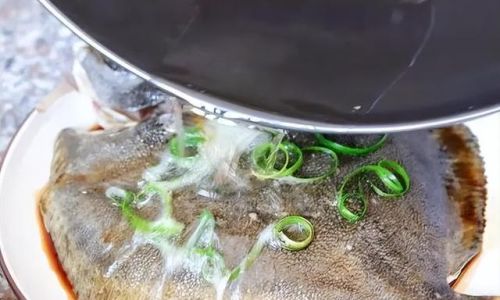
Poached Turbot in White Wine and Herbs
Ingredients: 4 fillets; 1 cup dry white wine; 1 shallot (sliced); 1 bay leaf; 4 thyme sprigs; 1 lemon (sliced); 2 tbsp butter.
Steps:
- In a skillet, combine wine, shallot, bay leaf, thyme, and lemon. Bring to a simmer.
- Add fillets; poach 6–8 minutes until opaque. Remove fish; reduce liquid by half.
- Whisk in butter for a velvety sauce. Pour over fish.
Pairing Suggestion: Serve with sautéed spinach and roasted potatoes.
Grilled Turbot with Charred Lemon Salsa
Ingredients: 2 fillets; 1 lemon (halved); 1 small red onion (diced); 1 tomato (diced); 1 jalapeño (minced); ¼ cup cilantro (chopped); olive oil.
Steps:
- Preheat grill to high. Brush fillets with oil; grill 3–4 minutes per side.
- Grill lemon halves until charred. Squeeze juice into a bowl; mix with onion, tomato, jalapeño, cilantro, and salt.
- Top fish with salsa.
Safety Tip: Use a fish basket or foil packet to prevent sticking on the grill.
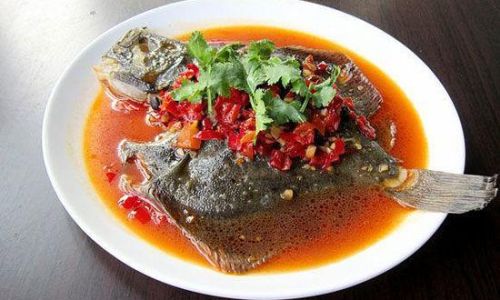
Air-Fried Turbot with Parmesan-Paprika Crust
Ingredients: 2 fillets; ¼ cup grated Parmesan; 1 tsp smoked paprika; 1 tbsp mayonnaise; 1 lemon (wedged).
Steps:
- Preheat air fryer to 375°F (190°C). Mix Parmesan and paprika.
- Brush fish with mayo; coat in cheese mixture. Air-fry 8–10 minutes.
- Serve with lemon wedges.
Why Air-Frying Works: The circulating hot air crisps the crust without excess oil.
Flavor Pairings and Seasonings
Turbot’s mild flavor shines when paired with bright, acidic ingredients like lemon, vinegar, or citrus zest. Herbs such as dill, tarragon, and parsley complement its subtle sweetness, while capers, olives, or anchovies add briny depth. For Asian-inspired dishes, experiment with soy sauce, ginger, sesame oil, or miso. Avoid overpowering spices that mask the fish’s natural taste.
Sides That Elevate the Meal
- Creamy Parsnip Purée: Roast parsnips with garlic; blend with butter and cream.
- Saffron Risotto: Infuse arborio rice with saffron threads; finish with Parmesan.
- Roasted Fennel and Carrots: Toss with olive oil, honey, and thyme; roast until caramelized.
- Wilted Greens: Sauté kale or Swiss chard with garlic and red pepper flakes.
Troubleshooting Common Issues

- Mushy Texture: Overcooking is the culprit. Turbot cooks quickly; remove from heat when the flesh turns opaque and flakes easily.
- Sticking to the Pan: Ensure the skillet is hot before adding oil, and avoid moving the fish during searing.
- Bland Flavor: Amplify seasoning with a brine (1 tbsp salt per cup water) for 15 minutes before cooking.
Sustainability Note: Choose turbot certified by organizations like the Marine Stewardship Council (MSC) to ensure ethical sourcing.
Conclusion
Frozen turbot is a culinary chameleon, adapting to diverse cooking styles while delivering consistent results. By mastering techniques like pan-searing, baking, and steaming, and experimenting with global flavors, you can turn this humble frozen fish into a gourmet delight. Remember: patience in thawing, precision in seasoning, and creativity in pairing are your allies. Whether you’re hosting a dinner party or enjoying a quiet meal, frozen turbot deserves a place in your kitchen repertoire. So, embrace the freeze—your taste buds will thank you.
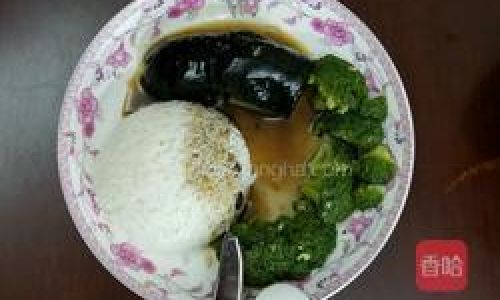
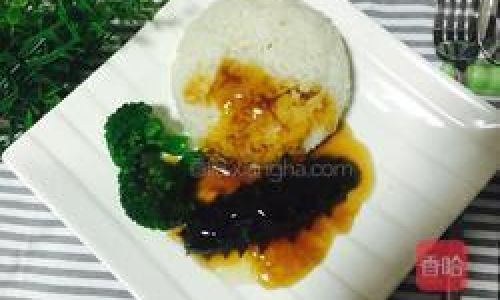

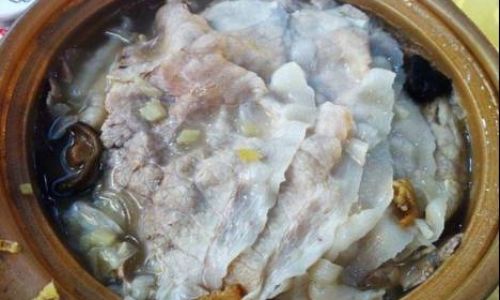
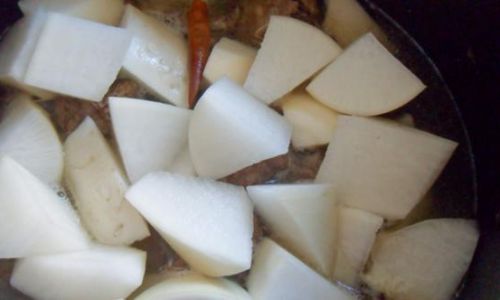
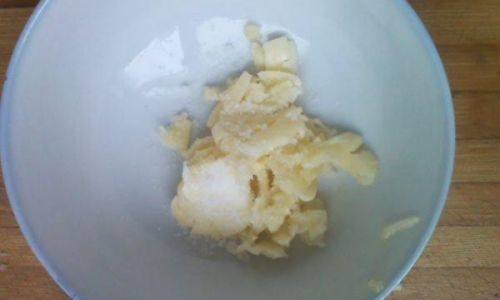
0 comments